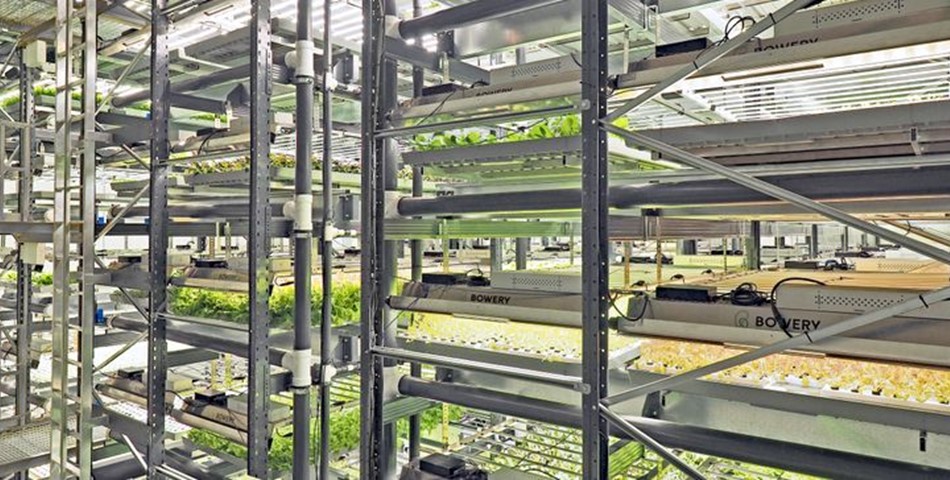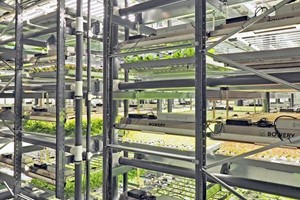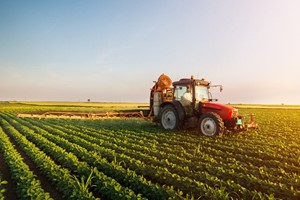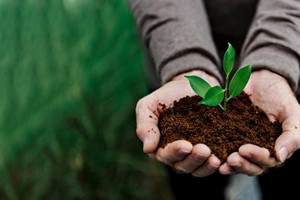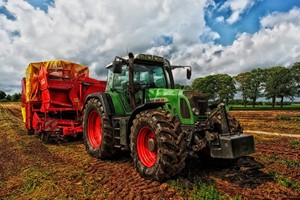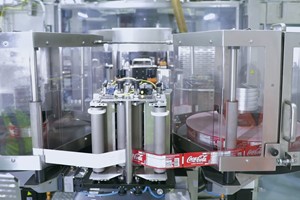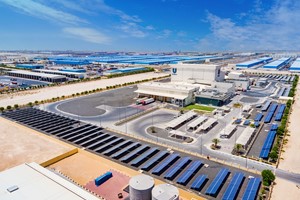Dive Brief:
- Indoor farming was a $79.3 billion market in 2021, according to PitchBook, which expects the segment to expand at a 14.4% compound annual growth rate to hit $155.6 billion by 2026.
- The indoor farming space, including growers and providers of growing systems, raised a total of $1.6 billion through 70 deals in 2021, marking a more than 36% increase year over year, according to PitchBook. The bulk of this funding — or $1.3 billion — went to indoor growers, which raised 25% more year over year.
- As controlled environment agriculture players raise massive funding rounds and invest in technology to boost their production and cost efficiencies, the segment has tremendous potential to gain even more traction — if it can get a handle on its sizable startup costs.
In the fourth quarter of 2021, there were 11 indoor farming venture capital deals totaling $489.6 million, according to PitchBook, just about 7% off a high-water mark set for deal value the previous quarter. Among the largest in 2021 were Bowery Farming's $320.7 million Series C funding round in August, and a $121.7 million Series B round for Upward Farms, a New York-based vertical farming firm.
Players also don't lack in ambition. This January, Upward Farms promised to build what it said would be the world's largest indoor vertical farm, a 250,000-square-foot behemoth located in New Jersey and slated to open in early 2023. The size easily dwarves the 90,000-square-foot facility in Abu Dhabi that competitor AeroFarms boasted would be the world's largest in a 2020 announcement.
Of course, every facility is state-of-the-art, according to whatever indoor farming company is making the announcement. And in this space, having a computer-assisted, automated element is becoming table stakes to simply compete. A few players have acquired robotics firms outright, including Bowery Farming, which in February bought 3-D vision and robotic harvesting startup Traptic, and Plenty, which uses AI technology to control everything from water usage to growing conditions.
It's this technological arms race that both drives competition in the indoor farming space and companies' endless pursuit of funding. As PitchBook noted in its report, indoor farming players face high startup costs around building their sprawling greenhouses, along with installing automation and environmental controls. As they survive their first months of operation, they face high utility costs to maintain optimal growing conditions, with the cost of lighting alone often making up 30% of operational costs. And because many of these CEA firms like to build facilities close to the end consumer to minimize their greenhouse gas footprint, they often have to pay the higher costs associated with urban centers.
This has made turning a profit thus far an aspirational goal for most operators in the space. And it has at times stymied CEA firms' efforts to go public and raise more money for growth. The most famous example of this is AeroFarms, which called off plans to merge with a special purpose acquisition company this past October after funding dried up. Indoor farming saw seven exits in 2021 with an estimated value of $737.1 million, according to PitchBook, compared to a value of only $16.9 million over three deals in 2020.




